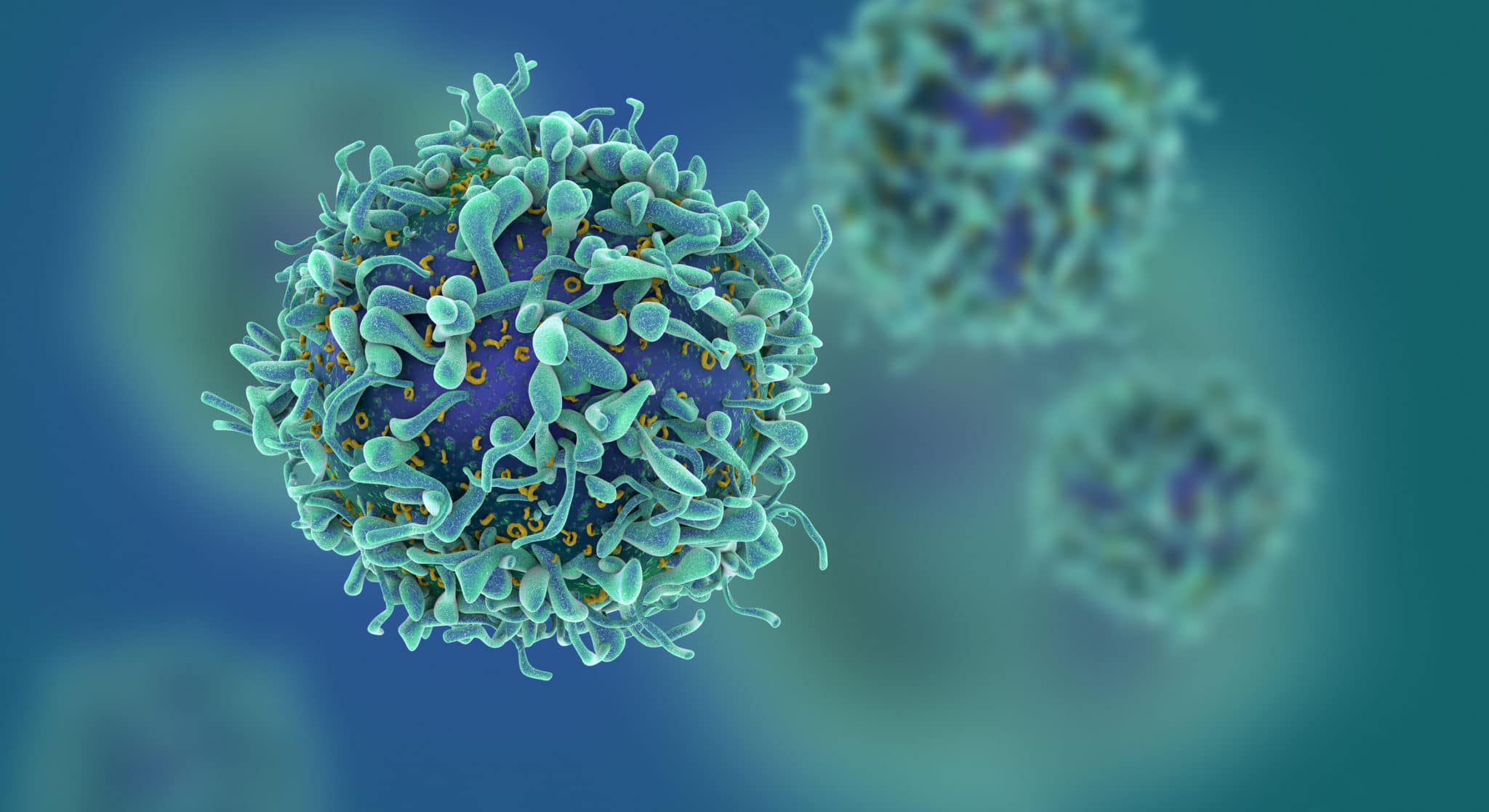In the face of global health challenges, vaccines have emerged as one of the most powerful tools in modern medicine. Vaccines have been instrumental in preventing and eradicating numerous infectious diseases, saving millions of lives worldwide. But have you ever wondered how vaccines work? What makes them so effective? Let’s dive into the science of vaccines and explore the fascinating mechanisms behind their success.
At its core, a vaccine is a biological preparation that stimulates the immune system to recognize and defend against specific pathogens, such as bacteria or viruses. The immune system is our body’s natural defense mechanism, designed to protect us from harmful invaders. Vaccines harness the power of this intricate system by training it to recognize and respond to particular threats.
To understand how vaccines work, we first need to explore the immune system’s two primary branches: the innate immune response and the adaptive immune response. The innate immune response acts as the body’s first line of defense, providing immediate, nonspecific protection against a wide range of pathogens. On the other hand, the adaptive immune response is a highly specialized defense mechanism that develops over time and provides long-lasting immunity against specific pathogens.
When a vaccine is administered, it typically contains weakened or inactivated forms of the target pathogen, specific proteins from the pathogen, or genetic material (like DNA or RNA) that encodes those proteins. These components, known as antigens, are recognized by the immune system as foreign and potentially harmful. Upon encountering these antigens, various cells of the immune system kick into action to mount a response.
One key player in the immune response is the antigen-presenting cell (APC), such as a dendritic cell. The APC engulfs the vaccine’s antigens and presents fragments of them on its surface, effectively displaying them to other immune cells. This presentation triggers the activation of helper T cells, a type of white blood cell that coordinates the immune response.
Activated helper T cells release chemical messengers called cytokines that help orchestrate the immune response. They stimulate B cells, another type of immune cell, to produce antibodies. Antibodies are specialized proteins that recognize and bind to specific pathogens, marking them for destruction by other components of the immune system.
Furthermore, the activation of helper T cells also leads to the generation of memory T cells and memory B cells. These memory cells are essential for long-term immunity. They “remember” the pathogen encountered during vaccination, enabling a rapid and robust immune response if the actual pathogen enters the body at a later time. This is the basis of immunological memory, which ensures that the immune system can mount a swifter and more efficient response upon subsequent encounters with the same pathogen.

In addition to the antibody-mediated response, vaccines can also induce a cellular immune response. Cytotoxic T cells, also known as killer T cells, play a vital role in this response. They identify and eliminate cells infected by the pathogen, preventing the infection from spreading further.
The effectiveness of a vaccine depends on several factors. These include the vaccine’s formulation, the route of administration, and the specific characteristics of the pathogen it targets. Some vaccines require multiple doses to achieve optimal immunity, while others provide long-lasting protection with a single dose. The development of new vaccine technologies, such as mRNA vaccines, has revolutionized the field, offering innovative approaches to vaccine design and delivery.
It’s important to note that vaccines undergo rigorous testing and evaluation before they are approved for public use. Clinical trials assess their safety, efficacy, and immunogenicity in large populations, ensuring that the benefits far outweigh any potential risks.
Vaccination not only protects individuals but also contributes to the concept of herd immunity. When a significant portion of the population is immune to a particular disease, either through vaccination or prior infection, it limits the pathogen’s ability to spread. This safeguards vulnerable individuals who may not be able to receive vaccines due to medical reasons, such as those with compromised immune systems.
In recent times, vaccines have played a crucial role in combating the COVID-19 pandemic. The development and rapid deployment of highly effective vaccines have been instrumental in curbing the spread of the virus and reducing severe illness and mortality rates.
Understanding the science of vaccines empowers us to appreciate their immense value and the tireless efforts of scientists and researchers who work to develop and improve them. Vaccines are a testament to the power of human ingenuity, enabling us to protect ourselves and future generations from the threats posed by infectious diseases. As we continue to advance our understanding of immunology and vaccine technology, we move closer to a healthier and safer world for all.

